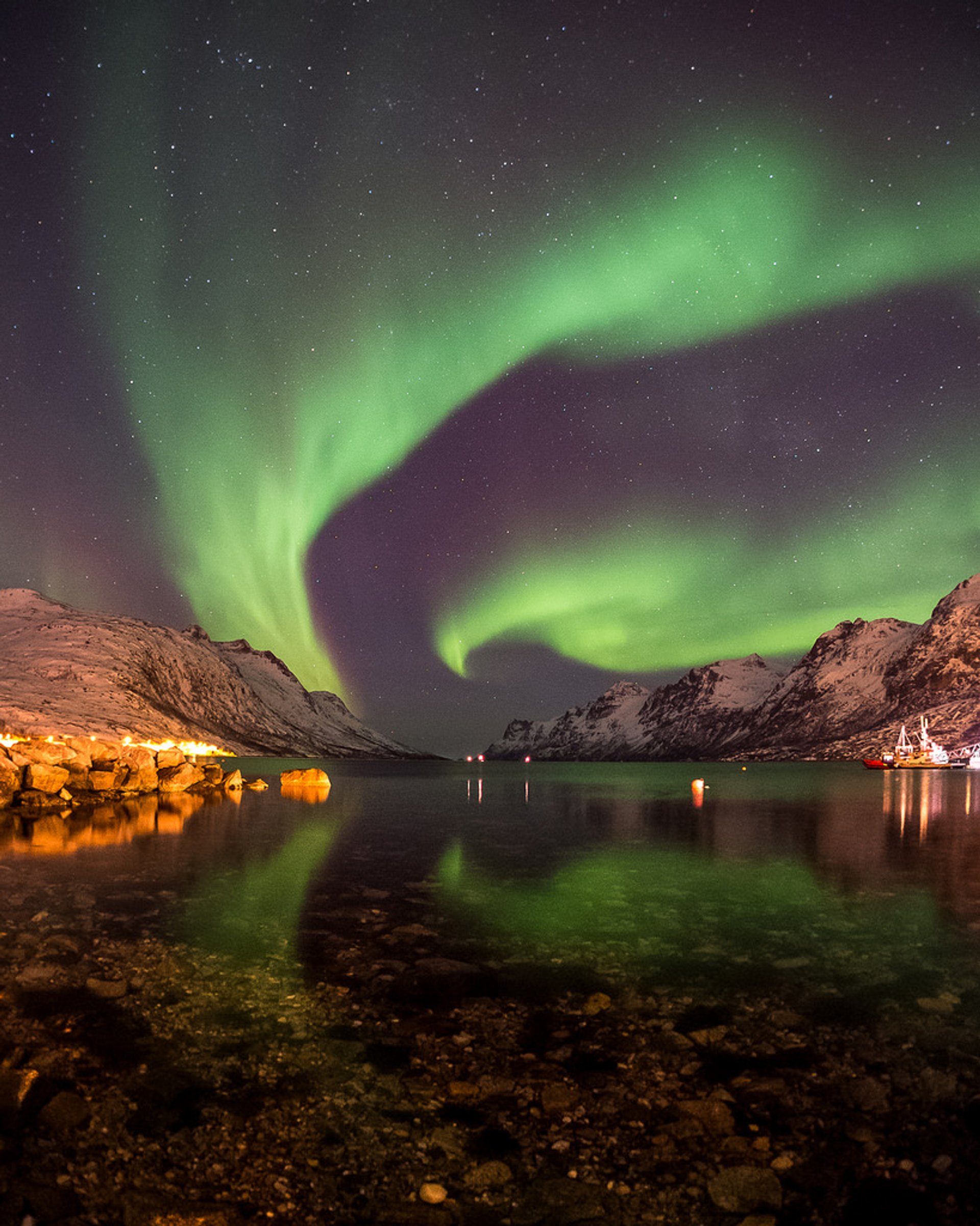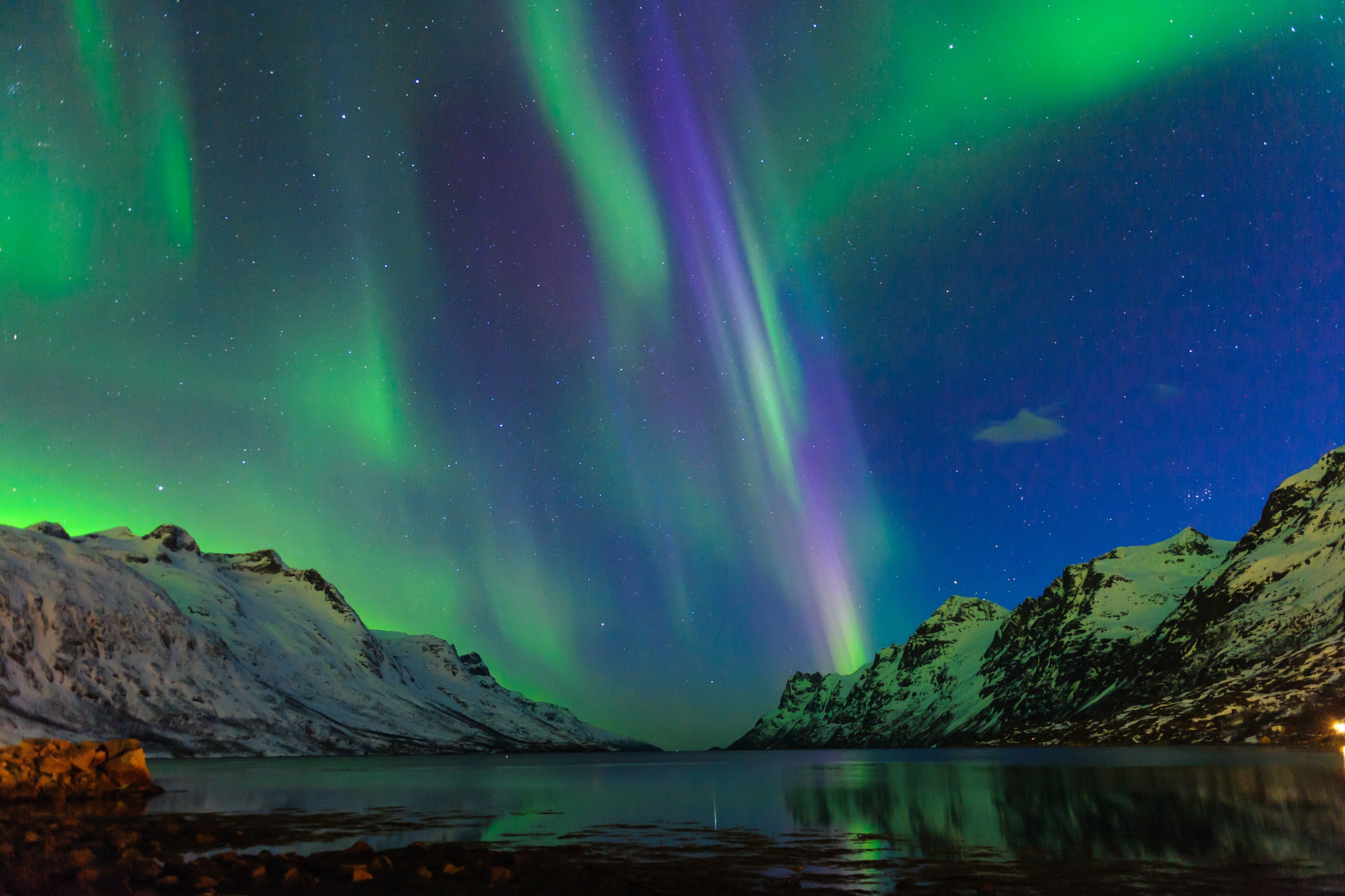

One of Norway’s so-called ‘ ‘book towns’, the white buildings (many of them book shops) couldn’t be more Norwegian. READ ALSO: Five stunning train trips to take in Norway this summer But, even if you don’t, with an array of small towns, islands and ski resorts to choose from, there’s no reason why you should miss out on the quiet escapes. Around half of Norwegians have access to a summer house. Sometimes, though, the demands of city living can still be a bit much. You can check with the weather with the YR app from the Norwegian Meteorological Institute.Īt the top of its fjord, Oslo is a capital surrounded by nature. To have the best chance of seeing the Northern Lights, the sky will need to be clear, and you will preferably need to be away from areas with light pollution. It also gives you percentages for how likely you are to see the Northern Lights in your area, now and in the next 30 minutes. The app will send you notifications when there’s a high chance of seeing the Northern Lights, but it also gives you a long-term forecast of the KP index. You can either choose what location you want to track or tell it to automatically change its settings based on where you are.
Northern lights in norway free#
My Aurora Forecast is popular, and there are free versions for both iPhone and Android. If you’d rather not have to think too much about when and where to see the Northern Lights and instead have someone tell you when they are likely to be visible, it may be worth joining a Facebook group, such as Nordlysgruppa for Midt og Sør-Norge.

Here’s a handy KP map that you can use to work out which KP zone your area is in. So, if, say, a KP2 is predicted, then only northern Norway is likely to see the Northern Lights. The stronger the geomagnetic activity, the higher the KP number, and the further south the lights can be seen. For example, Tromsø, in the north, is in KP1 and Oslo in the southeast is in KP5. The northern parts of the Earth are divided into KP zones.

Instead, you will just need to be familiar with something called the “KP Index”. However, you will by no means need to become an expert in solar activity. To make the most of the information these sites provide, you’ll need to learn a little bit about the Northern Lights themselves.

The Space Weather Prediction Center and SpaceWeather Live are another two reliable websites. Keep an eye on websites such as the University of Alaska’s Aurora Forecast, which naturally doesn’t focus on Norway but can still give you a good idea. Predicting when the Northern Lights will be visible is complex, but there are a few ways you can improve your chances. Twice already this Northern Lights season (late September until late March), the lights have been visible as far south as Oslo and, in some cases, even further south. In places like Oslo, the lights appear rarely but it is not unheard of. If the sky is overcast, you will likely be left disappointed, for obvious reasons. The further north you are, the better your chances of seeing the lights, as they only appear around the Earth’s magnetic poles.įactors such as solar activity and the weather forecast will also impact your chances to see the Northern Lights. If you live in northern Norway, it’s mostly about being patient, and the lights will eventually appear.


 0 kommentar(er)
0 kommentar(er)
